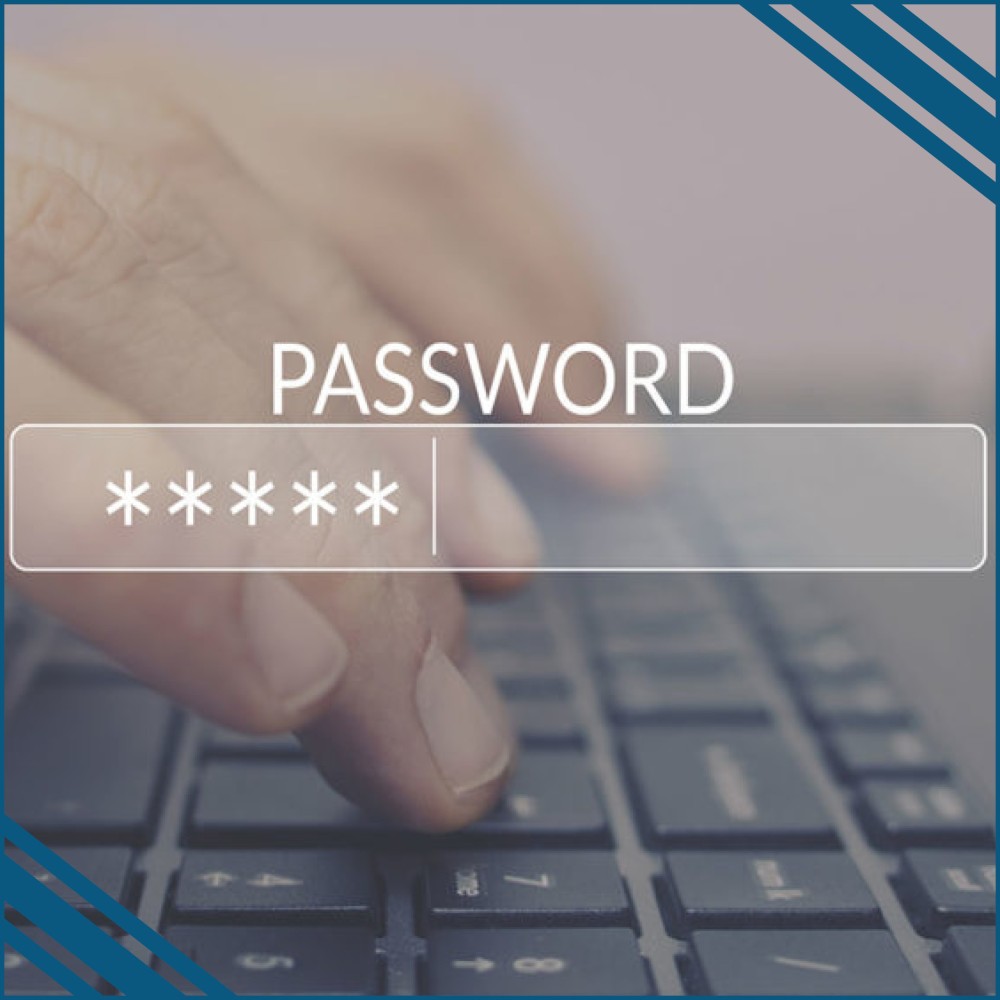
We have a serious question for you: is your current password “123456” (give or take a number or two)?
If you answered yes, you’re going to want to change it…and fast. It doesn’t matter if it’s the CEO of a company or a contractor; the most popular password remains to be “123456”.
MOST POPULAR PASSWORDS
According to a recent study conducted by NordPass, a business password management company, of all the industries out there, construction is the worst at keeping hard-to-crack passwords.
Inside this study, NordPass included a list of passwords complied in partnership with independent researchers specializing in research of cybersecurity and was conducted to study password habits of high-level executives. The study also looked at how vulnerable most businesses are despite years of warnings to create more sophisticated passwords.
Regardless of the potential fallout of a data breach, most workers insist on setting passwords that are simple word and number sequences. The following are the most popular business passwords:
- 123456
- Password
- 12345
- 123456789
- qwerty
Interestingly, this study also found that top-level executives are more likely to use names or mythical creates as an inspiration when creating passwords. A few of the most popular are “dragon,” “monkey,” and the name “Tiffany”.
DATA BREACHES COST $$$
When using a common password such as “12345” and “password,” it significantly increases the risk of cyberattacks at both the person and company level.
An IBM report reveals in 2021, the average global cost of a data breach reached $4.24 million, which is 10% more compared to 2020. The attacks that happen due to compromised credentials cost even more, at $4.37 million and account for 20% of breaches.
The industries with the most data breaches, in order according to the study, were construction, technology, finance, healthcare, hospitality, media, and marketing.
HOW CAN YOU KEEP PASSWORDS SAFE?
Avoid data breaches by following these simple steps to improve password security:
1.) Use a password manager. Password managers allow users to store all the passwords in end-to-end encrypted digital storage locked with a single keyword for the most convenience. Most password managers have additional features to check passwords’ strength and automatically generate unique ones. For organization, they can come in handy when sharing passwords with employees or managing their access.
2.) Introduce cybersecurity training. Since simple human mistakes remain the leading cause of data breaches, it’s worth investing in cybersecurity training sessions for employees. Starting from the basics might be a good idea given your team will most likely have different technology backgrounds and levels of experience.
3.) Enable multi-factor authentication. Known as MFA, it serves as an extra layer of security. It’s an authentication method that uses two or more mechanism to validate the user’s identity --- there can be separate apps, security keys, devices, or biometric data (such as facial recognition or fingerprints).
-------
Want to read NordPass’s full study? Find it here.